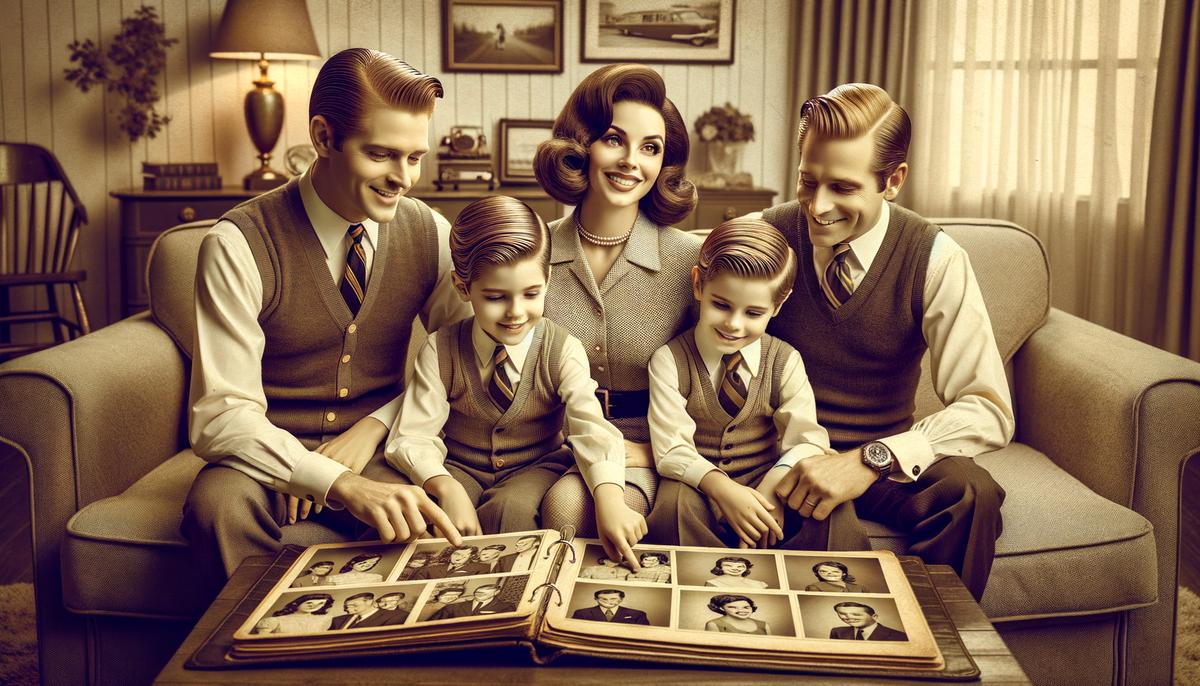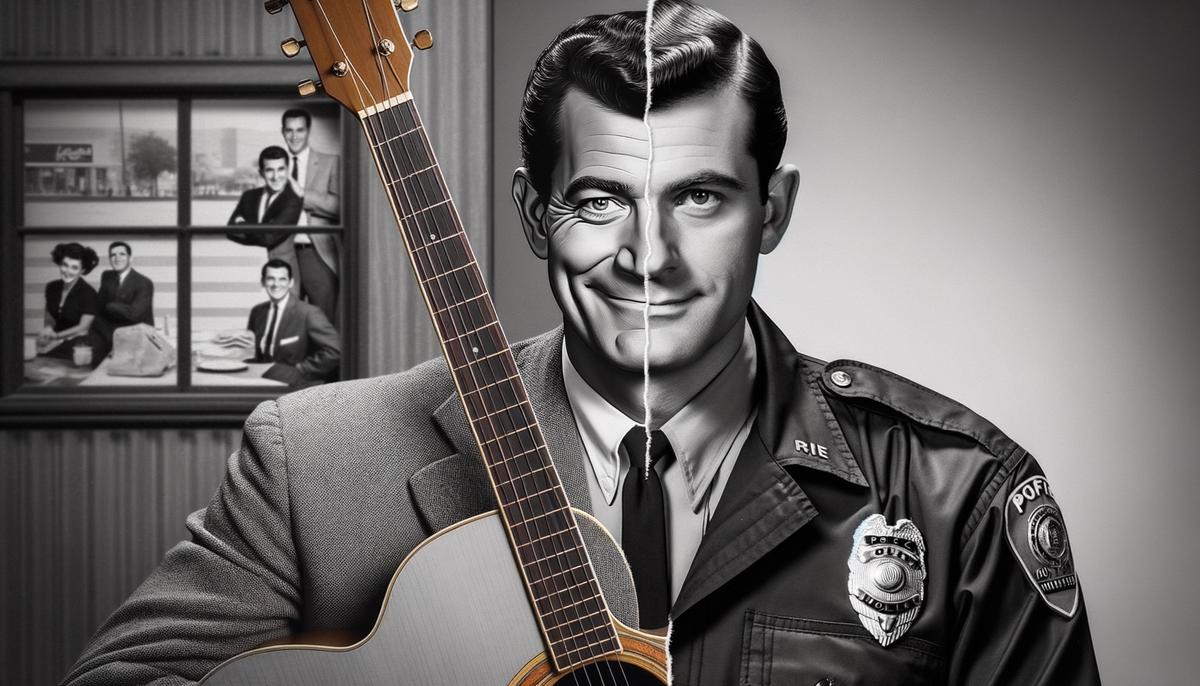Historical Context
In 1963, America stood on the precipice of change. Leave It to Beaver aired its final episode in June, marking a shift from the cozy world of Mayfield to an uncertain future. Just months later, President John F. Kennedy's assassination shook the nation, jolting it from post-war confidence into a period of upheaval.
While Beaver Cleaver solved problems with puppy-dog eyes and parental hugs, 1963 demanded more:
- Civil rights marches filled city streets
- Television began reflecting complex realities
- Space exploration captured imaginations
As Leave It to Beaver took its final bow, it left behind a legacy that lingered like the scent of June Cleaver's cookies. The show had planted seeds of social commentary amid its laughs and lessons. Many Americans found themselves caught between tradition and the tidal wave of change, much like Beaver himself.

Final Episode Highlights
The "Family Scrapbook" episode of Leave It to Beaver was a clever nod to nostalgia. In a time when TV shows usually vanished without fanfare, this finale offered viewers a novel way to say goodbye. The Cleaver family gathered around their photo album, treating viewers to a cascade of warm memories.
This innovative finale set a precedent, gently pivoting TV storytelling toward the concept of a "series finale." Amidst the montage of memorable snippets, a key revelation emerged:
The origin of Beaver's nickname was revealed – young Wally's mispronunciation of "Theodore" as "Tweeter," which then morphed into "Beaver."
In a world already shifting, the show's finale preserved the essence of the Cleaver family's simplicity and innocence. It offered a comforting reminder that even as times changed, the values of love, laughter, and family endurance lingered.

Impact on Cast and Legacy
As Leave It to Beaver wrapped, the cast members faced new opportunities and challenges:
- Jerry Mathers (Beaver): Encountered typecasting, ventured into athletics, and formed a garage band named "Beaver and the Trappers"
- Ken Osmond (Eddie Haskell): Found a career in law enforcement, transitioning from mischief-maker to patrol officer
Leave It to Beaver's impact reached far beyond its television run. Its stories underscored the intricacies of growing up, echoing social mores that would resonate into the turbulent '60s and beyond. The show gained an almost cult-like status through reruns, captivating new generations of fans globally.
The show inspired follow-up ventures like "Still the Beaver" and "The New Leave It to Beaver," reconnecting fans with the characters they adored. As viewers continue to delight in the exploits of Beaver, Wally, and the gang, they celebrate more than just a TV show – they embrace a beacon of '60s optimism, a heartfelt reminder of genial innocence in an ever-changing world.

As the curtain fell on Leave It to Beaver, it left behind a gentle reminder of simpler times, a testament to enduring values in an era of change. The Cleaver family's charm continues to resonate, offering a nostalgic embrace that captures the essence of optimism and warmth, much like cherished memories tucked away in an old family album.
- Mathers J, Osmond K. Leave It to Beaver: The Complete Series. Universal Studios Home Entertainment; 2010.
- Applebaum I. The World According to Beaver. TV Guide. 1999;47(24):16-19.
- Bank F. Call Me Lumpy: My Leave It to Beaver Days and Other Wild Hollywood Life. Addax Publishing Group; 2002.
